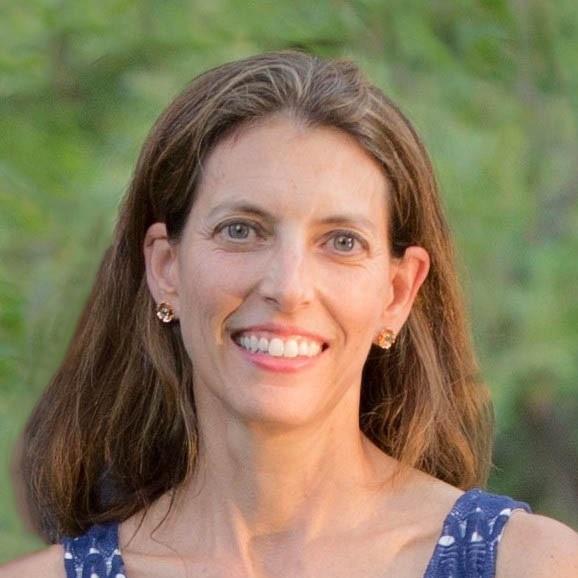 The Fiske Planetarium in Boulder is offering free screenings every Monday of the television series “Cosmos,” followed by a discussion led by astronomer Doug Duncan, who directs the planetarium. The program and discussions have attracted more than 100 people each week, Duncan says.
The Fiske Planetarium in Boulder is offering free screenings every Monday of the television series “Cosmos,” followed by a discussion led by astronomer Doug Duncan, who directs the planetarium. The program and discussions have attracted more than 100 people each week, Duncan says.
A recent episode featured the tardigrade, a microscopic creature that is found in surprising corners of the earth, ranging from frigid mountain peaks to the cauldron of a volcano. Duncan says the tardigrade, which has been present on earth for more than 500 million years, can even survive unprotected in the vacuum of space. Its existence in extreme environments raises the possibility that life elsewhere in the universe can exist in places previously considered uninhabitable. “We need to think carefully about the ‘alien’ world that is all around us,” Duncan says.
Coloradans at the Fiske were intrigued by another episode that described the method scientists used to determine the age of the earth. Because the material that formed the earth billions of years ago has been crushed and molten, it no longer exists in its original form and cannot be analyzed. As a result, in the 1950s scientist Clair Patterson turned to meteorites, which date to the same time period as the formation of the earth.
“Our solar system is full of flying objects that are the same age as the earth,” explains Duncan. Patterson used the half-life of uranium to date a meteorite found in Arizona, and concluded that the earth is 4.5 billion years old.
The episode entitled “Sisters of the Stars” revealed a little-known story: Much of what we know about the stars is based on research done by a group of scientists at Harvard in the early 1900s – all of whom were women. Hired to do the important calculations of the astronomy labs, they were sometimes called “the computers,” but Duncan says they were remarkable scientists in their own right.
“They made fundamental discoveries that we still consider central to astronomy,” Duncan says.
Today, the Annie Jump Cannon award – named for one of those scientists – is given by the American Astronomical Society for outstanding research and promise for the future by a postdoctoral woman scientist. The 2014 winner of that award is a postdoctoral student at the University of Colorado, Emily Levesque, who won for her innovative work using gamma-ray bursts (GRBs) to explore fundamental questions of stellar astrophysics and cosmology.








